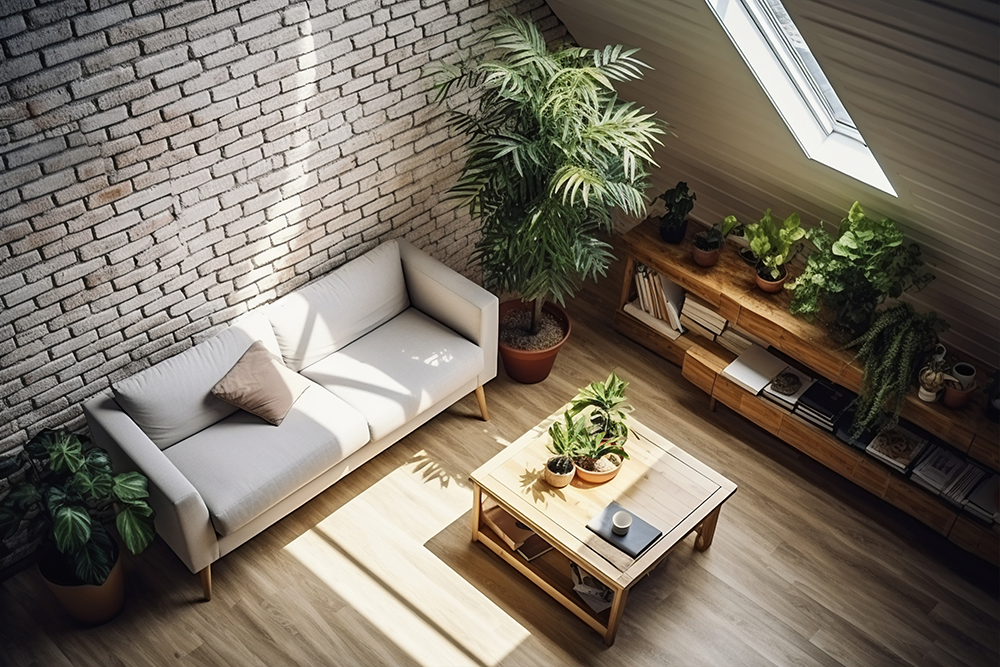How to Plan a Living Room Remodel for Maximum Comfort and Style
A living room remodel is an excellent opportunity to turn your primary gathering space into a place of comfort and style that reflects your personal tastes and lifestyle. Whether you want a cozy family room, a chic entertaining space, or a balanced combination of both, thoughtful planning is essential. Here’s a step-by-step guide to help you plan a living room remodel that blends functionality, comfort, and style.
1. Define Your Goals for the Space
Before diving into design choices, start by clarifying what you want to achieve with your remodel. Consider how you currently use your living room and how you’d like to use it in the future. Are you looking for a quiet, comfortable space for family relaxation, or a more formal setting for guests? Or perhaps you need a multifunctional area that balances both? Having a clear vision will guide your design decisions and help you stay focused.
2. Choose a Cohesive Design Theme
Choosing a cohesive design theme is key to creating a harmonious look in your living room. Some popular themes include modern, rustic, traditional, minimalist, and mid-century modern. Think about the atmosphere you want to create—modern designs tend to be sleek and uncluttered, while rustic or farmhouse styles bring warmth and texture.
Browse magazines, design websites, and social media to find inspiration, and consider using a mood board to collect images of furniture, colors, and decor items that align with your vision. This will help you communicate your ideas more effectively when working with a designer or contractor.
3. Plan the Layout for Comfort and Flow
The layout of your living room plays a crucial role in its functionality and comfort. Begin by identifying focal points in the room, such as a fireplace, television, or large window. Arrange your seating around these focal points to create a comfortable, inviting area for conversation or relaxation.
When planning your layout, consider traffic flow as well. Leave enough space between furniture pieces for easy movement, and ensure that seating arrangements encourage interaction without making the room feel cramped. If your living room is large, you might consider dividing it into different zones, such as a seating area, a reading nook, or a play area for kids.

4. Select Comfortable and Functional Furniture
Furniture is the backbone of any living room, so choose pieces that are both comfortable and functional. When it comes to seating, opt for sofas and chairs with durable, easy-to-clean fabrics, especially if you have pets or kids. Look for a blend of seating options, such as a main sofa paired with accent chairs or a sectional for larger spaces.
For smaller living rooms, consider furniture that offers hidden storage or modular pieces that can be rearranged to suit different needs. A stylish coffee table, side tables, or storage ottomans can add function and flair while keeping your essentials organized and within reach.
5. Add Layers with Textures and Colors
Layering textures and colors can bring depth and warmth to your living room. Start with a neutral base and add accents through throw pillows, rugs, and curtains. If you’re working with a design theme, stick to colors and textures that complement it. For instance, a modern theme might incorporate glass and metal elements, while a rustic look could benefit from natural woods and cozy fabrics like wool and linen.
Use an accent wall or decorative wallpaper to add interest to the room, or introduce patterns through accessories like rugs and pillows. The right balance of colors and textures will help you create a welcoming and visually appealing space.
6. Incorporate Functional Decor and Lighting
Decorating with intention can elevate the look of your living room while adding practicality. Start by choosing decor pieces that resonate with your personal style, such as artwork, vases, or plants. When it comes to lighting, opt for a mix of ambient, task, and accent lighting. Overhead lights are great for general illumination, while table lamps, floor lamps, and wall sconces create a warm, inviting glow.
If you have artwork or a specific feature wall, consider using accent lighting to highlight these elements. Smart lighting options also offer the flexibility to adjust the ambiance based on your mood or the occasion.
7. Don’t Forget Storage Solutions
A clutter-free living room is essential for both comfort and style, so make sure to incorporate storage options into your design. Built-in shelves or cabinets can store books, decor items, and electronics while keeping the room organized. If built-ins aren’t feasible, use furniture with built-in storage, such as a media console with cabinets or a coffee table with drawers.
For families, baskets and bins can be a practical solution for stowing away toys, magazines, or blankets. By keeping essentials neatly stored, you’ll create a streamlined look that contributes to the room’s overall appeal.
8. Add Personal Touches
Finally, personalize your living room with items that reflect your interests and memories. Framed family photos, travel souvenirs, or unique artwork can make the space feel distinctly yours. Add plants to bring in natural elements, which can enhance the air quality and create a calming atmosphere.
Personal touches make your living room unique and inviting, transforming it from a basic living area into a space filled with character and warmth.

